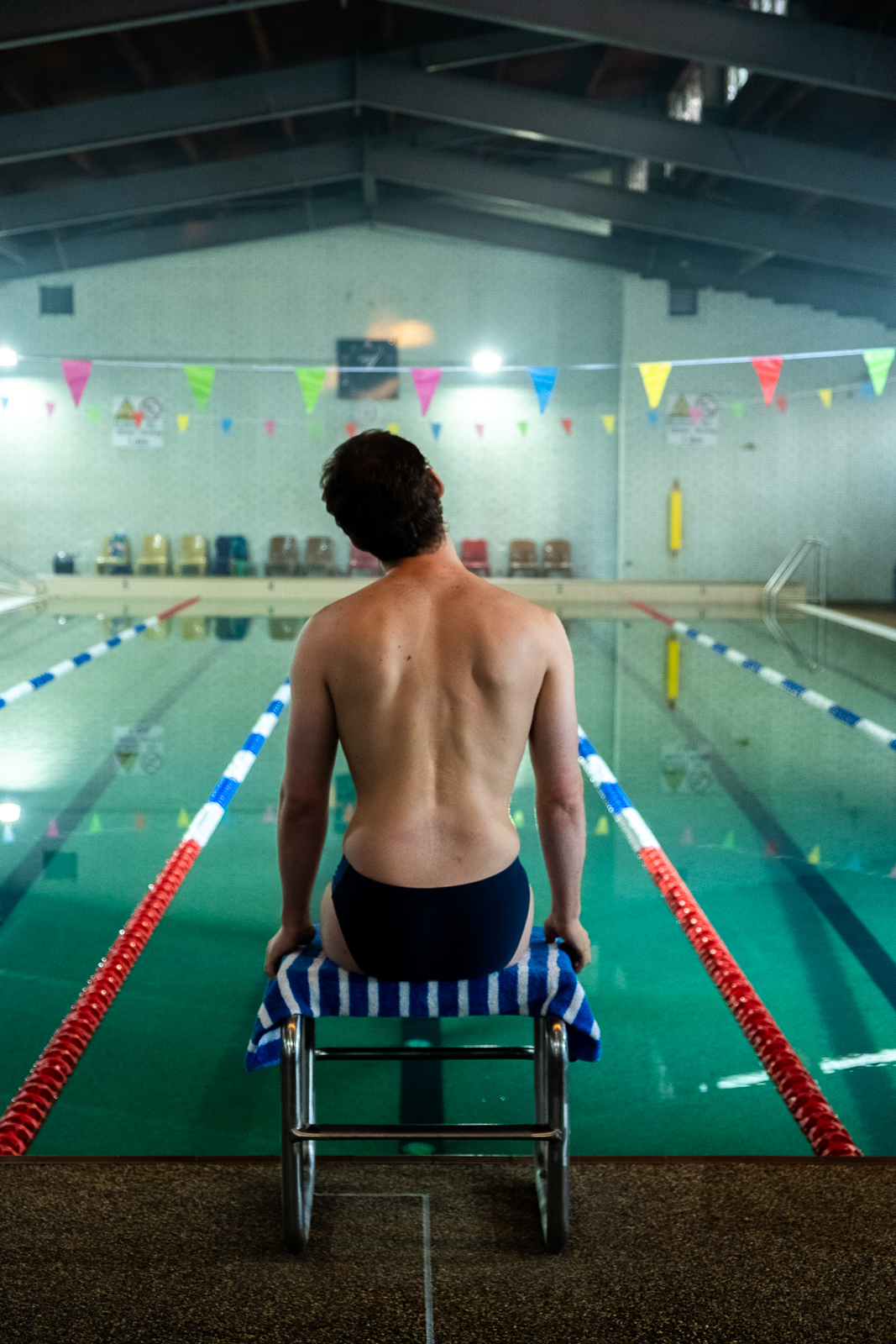Whether you are still self-quarantining or not, it’s important to continue to get the proper amount of physical activity to maintain good health.
For information about the national guidelines for physical activity and how to meet them, watch the video by Deborah Riebe, PhD, at https://vimeo.com/409798804. There, you’ll learn recommendations about the types of physical activity you need and how much activity you should do depending on the intensity level.
While maintaining a physical activity plan can be difficult, tracking your progress is a great way to stay motivated. To help you do so, the National Institute on Aging (NIA) offers the following free tools:
FIND YOUR STARTING POINT ACTIVITY LOG
For a few days, record how much time you are active. Then, try to find ways to increase your activity.
GOAL-SETTING WORKSHEET
Write down your short- and long-term goals, put them where you can see them, and update them regularly.
TRACK YOUR ACTIVITIES DAILY RECORDS
Try to build up to at least 30 minutes of moderate-intensity endurance activity on most or all days of the week.
WEEKLY EXERCISE AND PHYSICAL ACTIVITY PLAN
Use this form to make a plan that you think you can manage. Then, update your plan as you progress. Try to include all four types of exercise—strength, flexibility, balance, and endurance. Learn more at https://bit.ly/2zj1IrW.
MONTHLY PROGRESS TEST
To download these tools and a monthly progress test, visit https://bit.ly/2UtUwka.
INTERACTIVE ACTIVITY PLANNER
The Department of Health & Human Services’ Move Your Way campaign also offers an interactive activity planner at https://bit.ly/3cQIuI3. This tool will allow you to develop a weekly plan online that you can then print out. You can choose from a variety of fun and exciting endurance and strength exercises, personalize your activities by location and purpose, and indicate how much of each exercise you will do. Once you create your plan, don’t forget to add in balance and flexibility exercises.
This article was adapted from information provided by the NIA (www.nia.nih.gov).




